Cockpit 288
Cockpit is the modern Linux admin interface. We release regularly.
Here are the release notes from Cockpit 288, cockpit-machines 286, and cockpit-podman 65:
Accounts: Show shell and home directory on detail page
Account detail pages show the home directory and shell for an account.
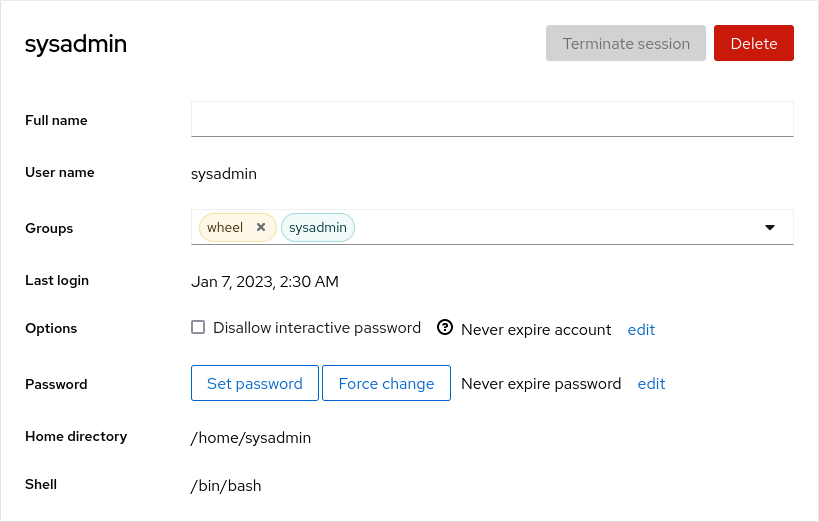
Accounts: Custom user ID during account creation
A custom user ID can now be specified during account creation. It defaults to the next available user ID on the system.
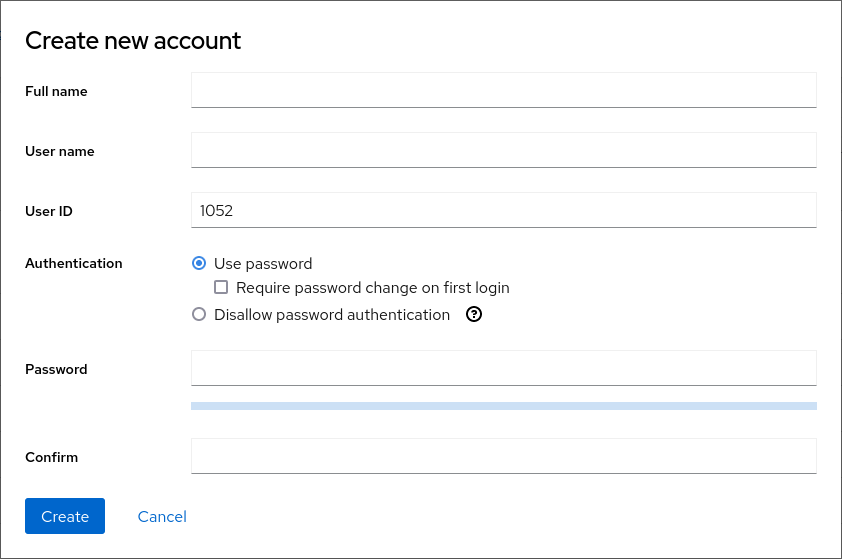
Overview: Support additional timeservers with chronyd
Cockpit can now configure additional time servers when chronyd is used to synchronize the clock. Previously, this was only supported with systemd-timesyncd.
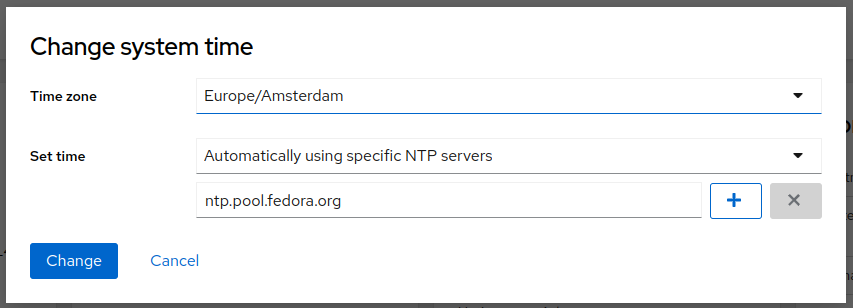
Metrics: Show longer time span by default
The PCP metrics graphs have been redesigned to only show a summary of events for each hour, so that more data fits on the page. The hours can be expanded to get more details.
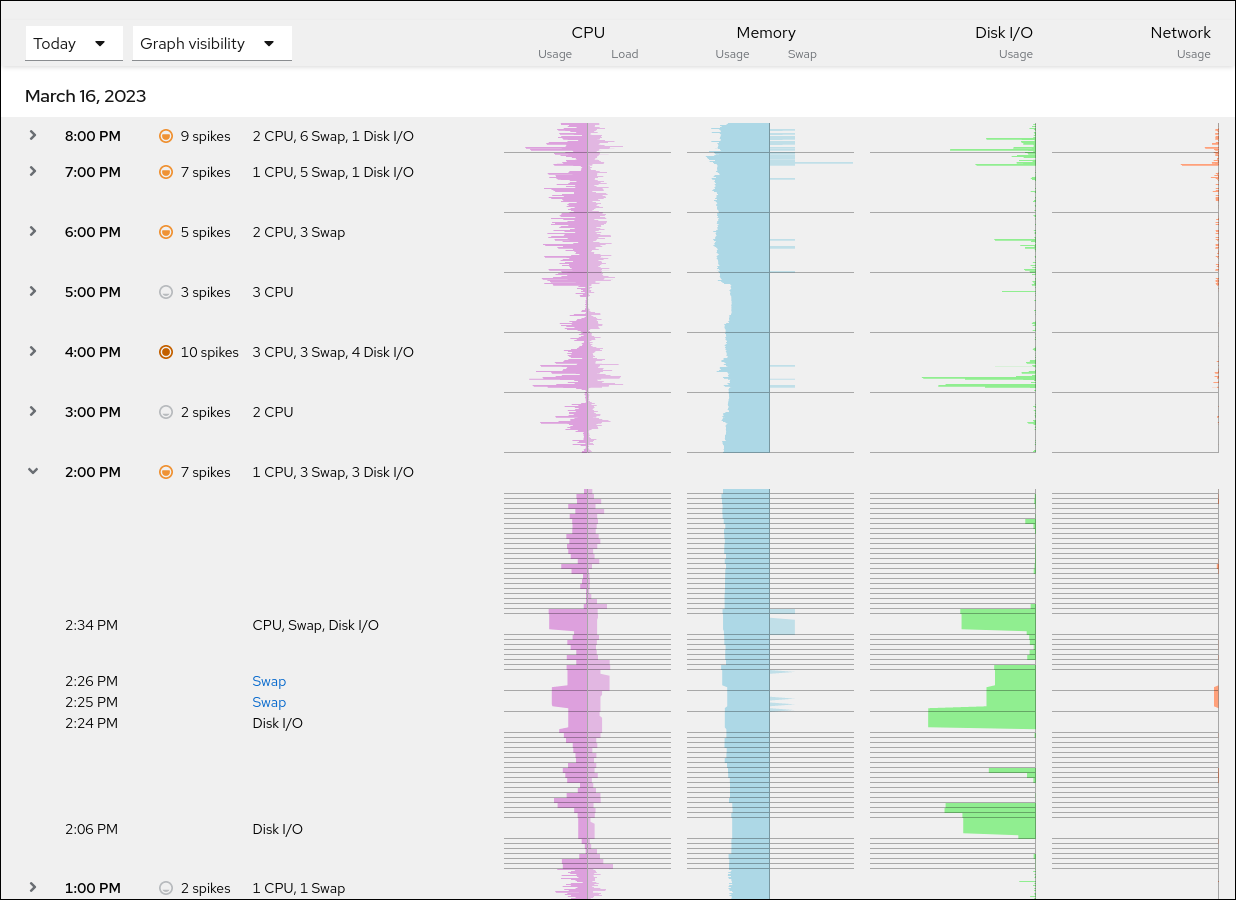
Storage: Mounting filesystems at boot time
Filesystems created in Cockpit are usually not used for the main operating system, so they are often supplemental. As such, they now default to nofail, to allow a server to boot even if the additional filesystem is not mounted.
The new “at boot” option provides several choices with explanations of when the filesystem would be mounted and what would happen if it was not mounted.
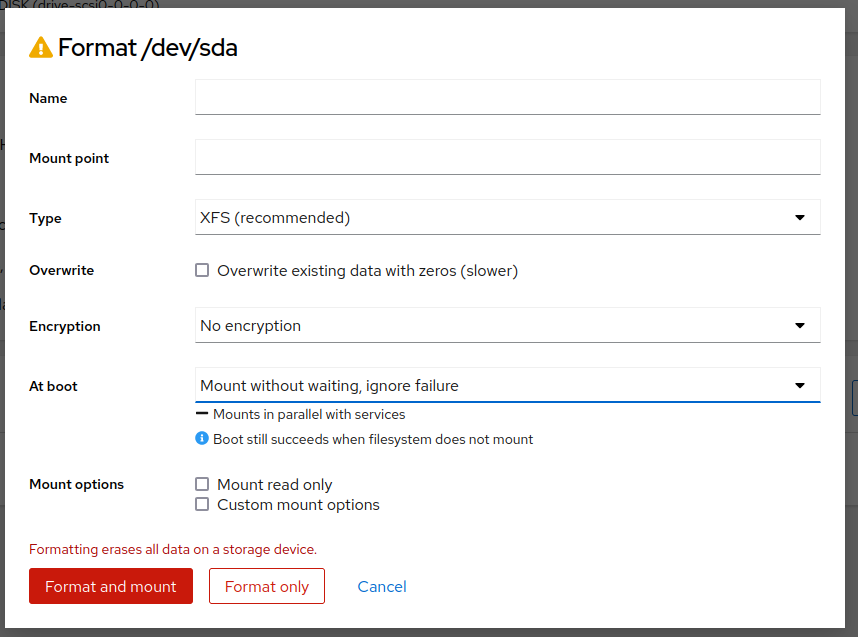
Machines: Create VM based on cloud image and start it later
A VM created from a “cloud base” image can now use the “Create and edit” mode. This is a way to edit all virtual machine properties (bootloader, boot order, disks, networking, etc.) before the VM is installed.
API removal: Remove cockpit.dbus.publish() and .meta()
The cockpit.js library dropped cockpit.dbus.publish() and cockpit.dbus.meta(), which were meant to create a D-Bus server object from inside a Cockpit page. No known Cockpit project has ever used these functions, and we are not aware of a good use case.
If you are using this API, please let us know!
Try it out
Cockpit 288, cockpit-machines 286, and cockpit-podman 65 are available now:
